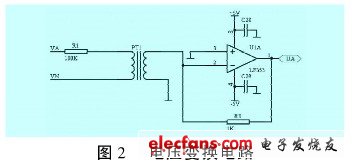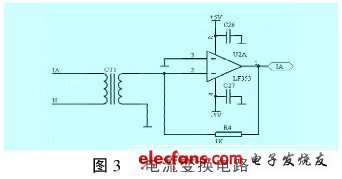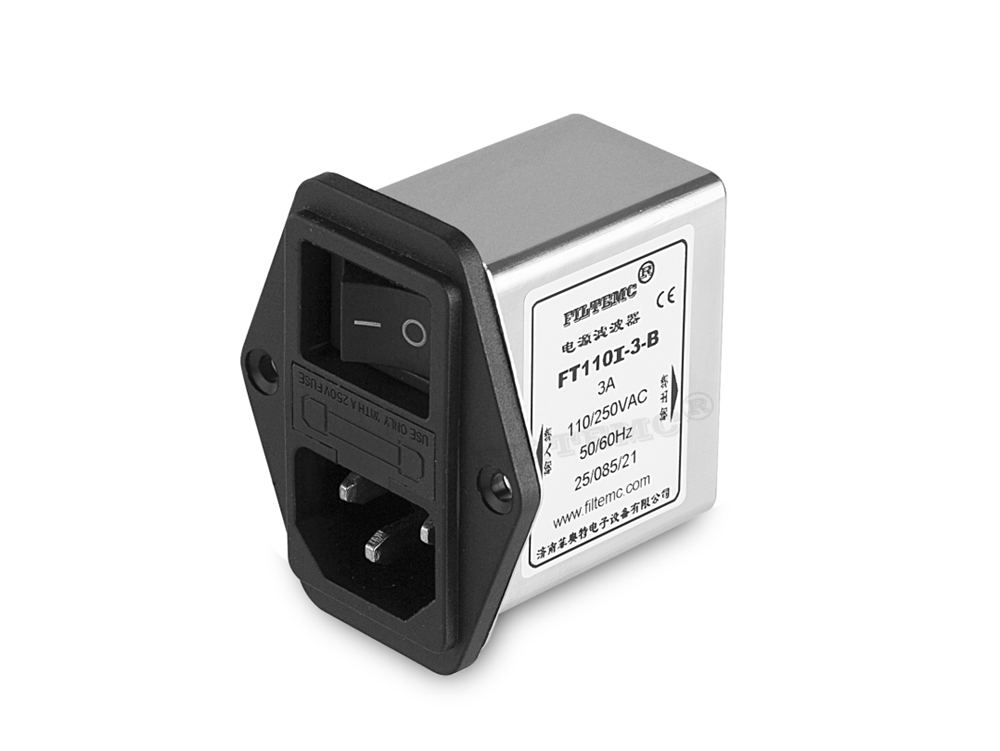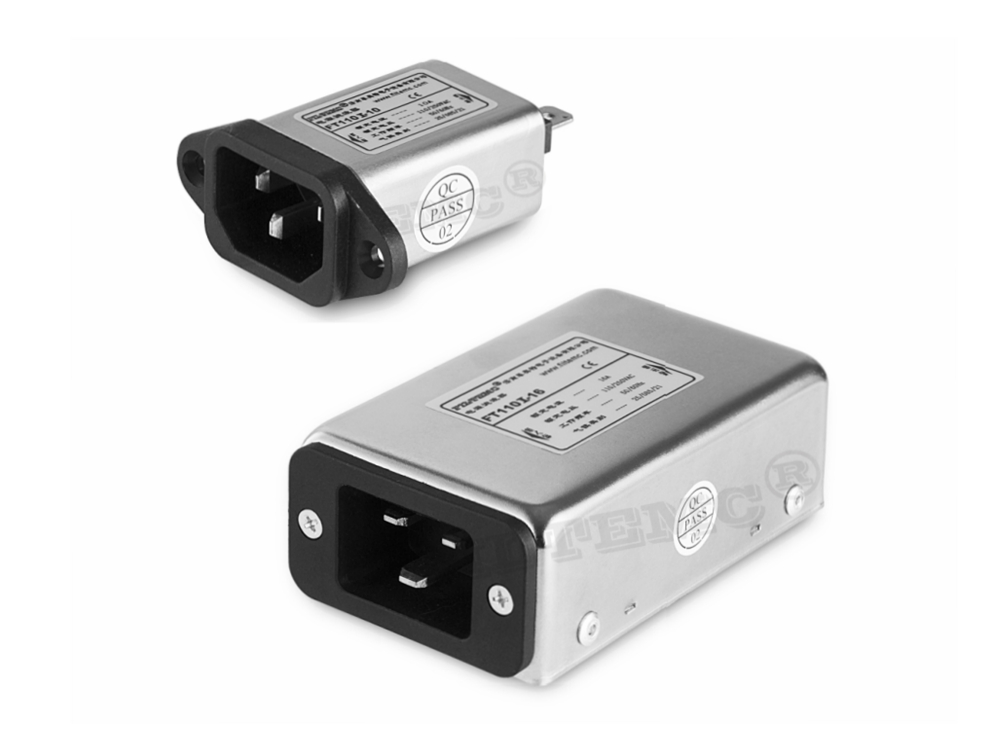1 Introduction
The physical links used for communication in the remote monitoring system are: field bus form, such as CAN, RS-422 / 485, etc .; Internet form; PSTN (public telephone network) form. From the current technical conditions and comprehensive evaluation of many aspects such as communication distance, real-time, reliability and security, the remote monitoring system based on the public telephone network (PSTN) is more suitable. Therefore, for the situation of outdated equipment, poor reliability, limited equipment, low investment, many failures, many lines, and inconvenient management and maintenance in the street lamp management office, the PSTN communication method was selected, and the design and development of the intelligent street lamp controller based on AT89S8252 was conducted on the running status of city street lamps Remote intelligent monitoring.
The intelligent street lamp controller is the main component of the system. It is related to the information interaction between the host computer and the street lamp controller, and is the hub of system information exchange. The intelligent street lamp controller can not only play the role of uploading and releasing, but also can control the street lamps separately. It uses PSTN communication with the host computer to complete the transmission of the controller's operating data. This can not only achieve long-distance communication, but also save line costs. The control is finer. The system architecture is shown in Figure 1.

2 Intelligent street light controller hardware circuit design and functional description
2.1 Measuring circuit
In the measurement circuit, the sampling circuit needs to collect three-phase voltage signals and four-phase current signals (including neutral current). This system uses DC sampling method. The voltage change circuit is shown in Figure 2.

In Figure 2, PT1 is a current-type voltage transformer. The input voltage of phase A passes through the current limiting resistor R1 (100K), so that the rated current of PT1 primary (primary side) is 2.
2mA, the secondary (secondary side) will produce the same current. Through the operational amplifier (LF353), the user can obtain the required voltage output at the output by adjusting the value of the feedback resistor R3. Taking the standard power frequency voltage 220V as an example, the effective value of the converted A-phase voltage can be calculated as: the converted voltage signal meets the input voltage requirements of each component.
The current conversion circuit uses precision current transformer CTY205A (CT1), and the current change circuit is shown in Figure 3.

Through the operation amplifier (LF353), the user can adjust the value of the feedback resistor R4 to get the required voltage output at the output. Taking the current (AC value AC) 5A as an example, the current signal converted by the current transformer is: The converted current signal meets the input voltage requirements of each component of the system.
The voltage and current are transformed by a transformer and input into a double four-choice decoder. The microprocessor multiplexes by controlling the voltage and current values. LF353 is selected to be connected as an emitter follower, which plays the role of isolation and following. The multiplex conversion module is shown in Figure 4. The voltage and current monitoring module selects the effective value conversion chip AD536 to calculate the root mean square value of the input complex AC value AC, and outputs an equivalent DC value DC. Then enter the ADC conversion circuit in the system. The voltage and current monitoring module is shown in Figure 5.

The two signals collected by the voltage and current monitoring module need to be converted into the controller after being converted by the analog-to-digital converter, so the DS2450 analog-to-digital conversion interface chip is selected. DS2450 is a one-wire 4-channel successive approximation A / D converter produced by DALLAS. Its input voltage range, conversion accuracy digits, and alarm threshold voltage are programmable; each channel has its own memory to store voltage range settings and conversion results , Threshold voltage and other parameters; serial communication rate up to 16.3kbps in normal mode, up to 142kbps during over-speed operation, on-chip 16-bit cyclic redundancy check code generator can be used to detect the correctness of communication; DS2450 uses 8-pin SOIC The small size package can be powered by a single 5V power supply or a parasitic power supply. The circuit consumes only 2.5mW of power during normal operation and 25 μW when not in operation. The CPU only needs one port line to communicate with many one-line chips, occupies less ports of the microprocessor, and can save a lot of leads and logic circuits. The analog-to-digital conversion interface circuit is shown in Figure 6.
IEC filters are specially designed for standard IEC connectors, easy to assemble, high cost effective;
FT110I /FT110I-A/FT110I-B/FT110I-C/FT110I-D series are general purpose one-stage common mode IEC plug filters.
FT120I series are designed as two-stage high performance IEC inlet filters;
Excellent common and differential mode attenuation performance for interference from 150KHz to 30MHz;
IEC power line filters of 15A (and above) with higher parameter design, better filtering effect, especially suitable for UPS.
Optional one or two φ5.0 x 20 F type glass fuses.
Single and double-pole switches are available.



Power Line Filters Single Phase,IEC Filter,IEC Plug Filter,IEC Inlet Filter
Jinan Filtemc Electronic Equipment Co., Ltd. , https://www.chinaemifilter.com